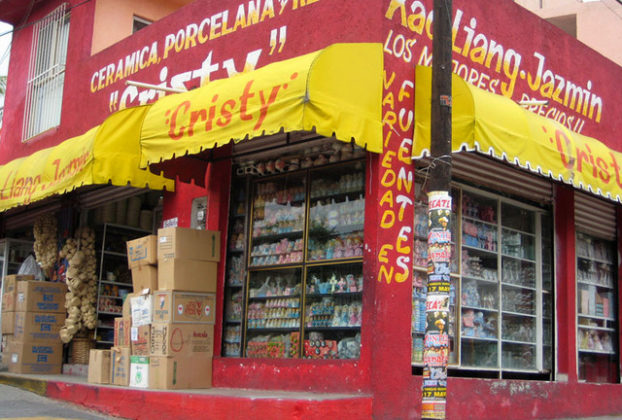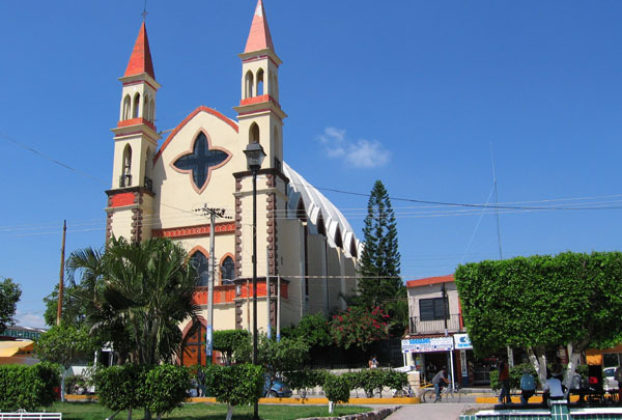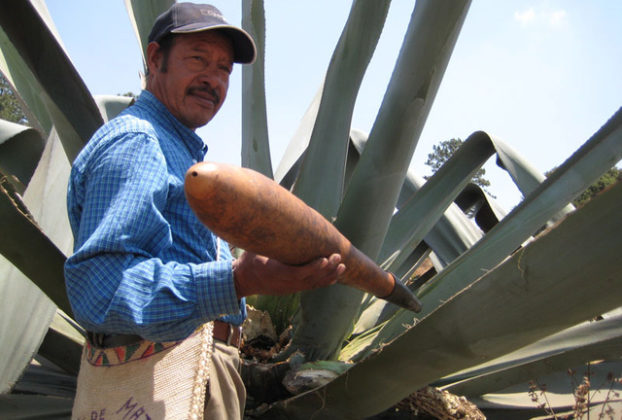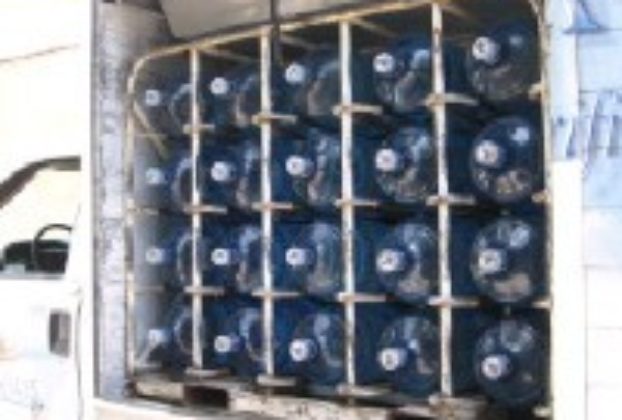Handmade Mexican Art from 3 de Mayo, Morelos and getting it home in one piece
If you are planning a trip to the state of Morelos in central Mexico you’ll probably want to enjoy a fun day of shopping in the small colonia of 3 de Mayo. (Yes, they spell it with a real number “Three.”) Spending some of your time and money on any of the distinctive products for […]
Continue Reading






